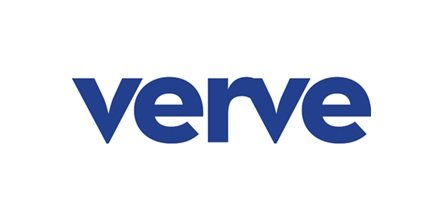Robert Lilligren - Native American Community Development Institute
/How to capture the essence of a man who has lived many lives in his 57 years?
Robert Lilligren is the executive director of NACDI, Minneapolis’ Native American Community Development Institute in the heart of the densest concentration of Native urban dwellers in the country.
In previous professional iterations, Robert held elected office, serving as vice president of the Minneapolis City Council; spearheaded community initiatives; directed a native-owned housing organization; chaired non-profit boards; brokered partnerships; managed residential properties; advocated for transit and pedestrian accessibility; and altered clothing as a tailor.
Today, his work at NACDI empowers the native community in Minneapolis through economic investment, indigenous-driven development, and by infusing Native arts and culture throughout the American Indian Cultural Corridor (along Franklin Avenue between Chicago Avenue South and Minnehaha Avenue).
“Ours is an asset-based organization,” Robert offers. The Native influence is evident all along this section of Franklin.
In his daily interactions and vision setting, Robert wears many hats, relying on his broad professional experiences across sectors. Part arts advocate, part number cruncher, part policy wonk, part cheerleader, he instigates, nurtures, and celebrates the success of stakeholders: “This is the community’s vision. This is about building capacity.”
And where does his tailoring expertise come in, his flair? “I am actually ‘Native-izing’ my work wardrobe a bit right now,” he says with an easy smile.
A member of White Earth Nation, Robert acts a bridge between generations and between “what is” and “what will be.” He works to flip the mindset from one of scarcity to one of abundance. About the mission of NACDI and his efforts, he says: “We are gathering data, we are focusing on media, education and policy. I want young people reflected in what we build here. And on the most significant indicators – health, wealth – I continue to ask, ‘How do we do this with native objectives and indigenous ways?’”
According to Robert, the density of Native owned and operated assets along the Cultural Corridor sparks additional investment. “Little Earth [of United Tribes Housing Organization] is here, and Ancient Trader’s Market. We have the American Indian Center, All My Relation’s Gallery and Pow Wow Grounds Coffee. We have Native leadership, Native ownership. We are defining what we need for ourselves.”
Entrepreneurism and street traffic are up. In summertime, the Corridor supports Four Sisters Farmer’s Market, and last year the most attended of eight Open Streets events in Minneapolis was along Franklin Avenue. Art galleries and storytellers are abundant within the busy business node. This forges a prominent brand and identity, one that expresses language and culture and economic success.
Part of this work involves re-framing traditional ways while encouraging economic leverage. “A woman beading at home is a potential entrepreneur,” Robert asserts.
Launching good ideas is both a starting point and an outcome for Robert and his staff. “At NACDI, we build networks that small business owners and organizations can tether to, and off they go.”
One such agency is the Biigiiwiin Community Development Loan Fund, which offers homebuyer workshops, financial literacy, and micro entrepreneur training to Natives, along the Corridor and throughout Minnesota. Biigiiwiin means ‘people coming home’ in Ojibwe; sweet words to Robert, whose life’s work has been about placemaking and place keeping.
“We are living with the impacts of colonization and genocide,” Robert says. “We are part of a system that we did not choose.”
With Robert’s guidance and building from his life experience, the Native American Community Development Institute is catalyzing collaborations and building big things in the community. “Native people are benefitting most - economically, socially, and culturally,” he says. “This Corridor is unique in the nation, and a significant amount of the property here has landed in Native hands.”
It is, Robert nods, “about owning our own dirt. We have geography. We have place.”








